



No tours available yet...
No tours available yet...
No tours available yet...
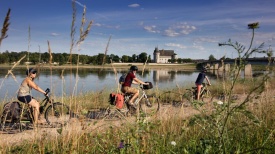 France Bike Tours
France Bike Tours 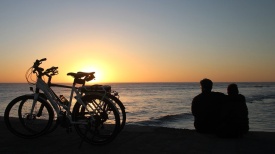 Europe Bike Tours
Europe Bike Tours 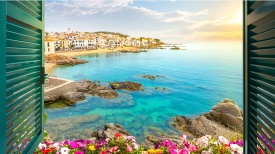 Europe Luxury Bike Tours
Europe Luxury Bike Tours 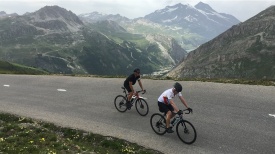 Epic Cycling
Epic Cycling 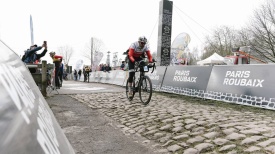 Cycling Challenges
Cycling Challenges 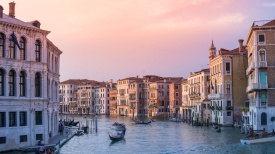 Italy
Italy  Spain
Spain 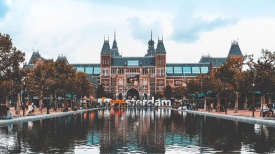 Holland
Holland 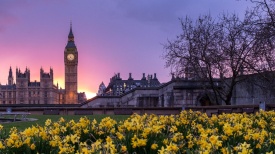 United Kingdom
United Kingdom 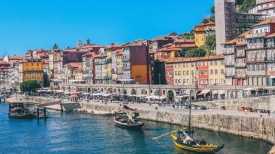 Portugal
Portugal 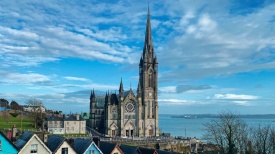 Ireland
Ireland 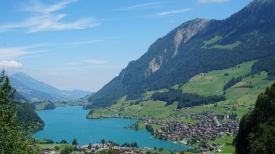 Switzerland
Switzerland 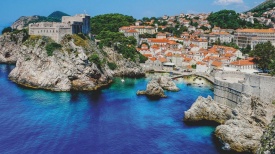 Croatia
Croatia 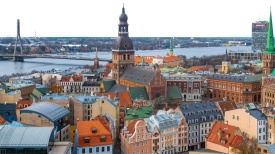 Baltic States
Baltic States 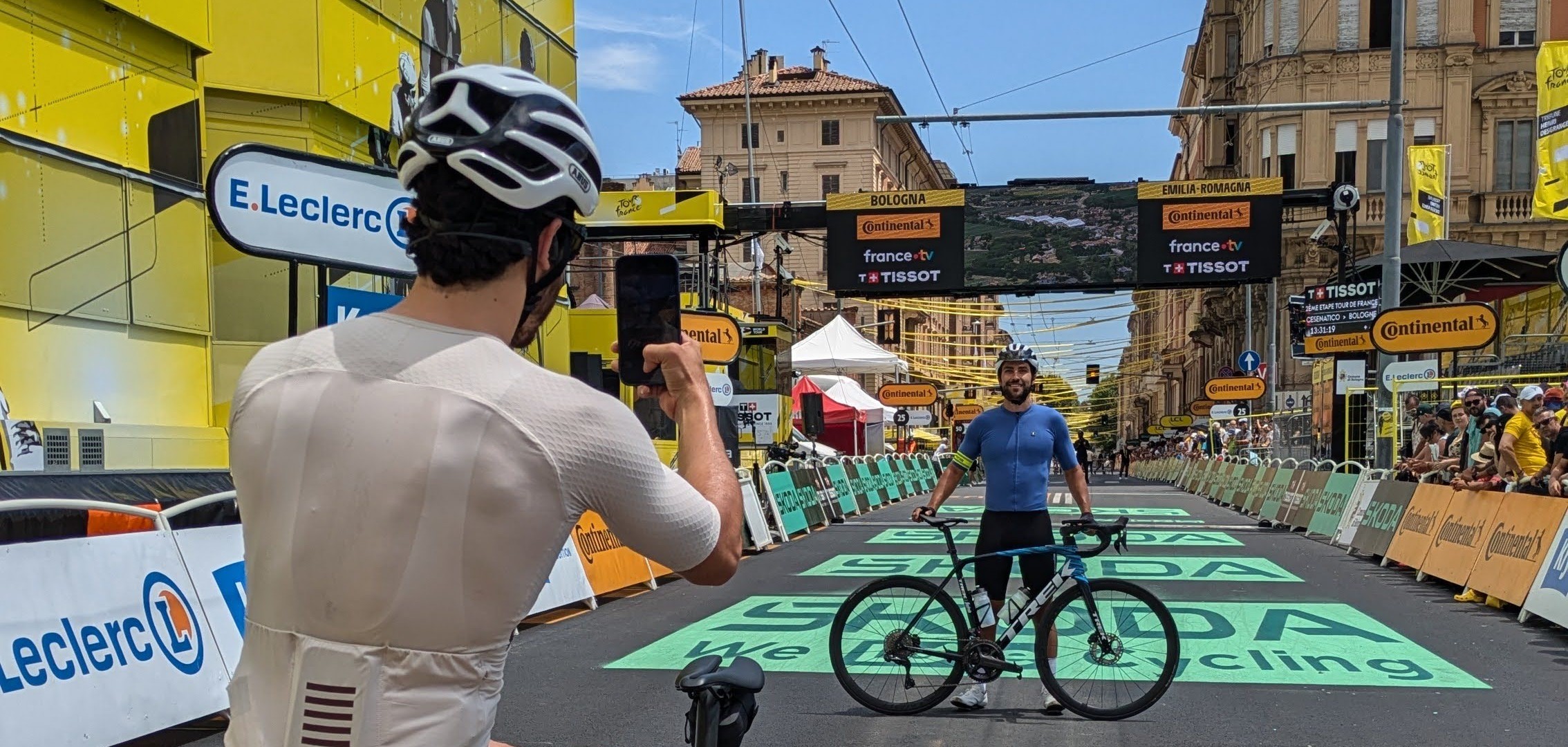





Tour de France
2025 Tickets

Tour de France
2025 Packages

Adventure Vacations
for Couples
European Tours
for Seniors
European Tours
for Families
Group Tours to
Europe
Honeymoon
Europe Tour
Singles Tours
Europe
Italy
Spain
Holland
United Kingdom
Portugal
Ireland
Switzerland
Croatia
Baltic States
France Bike Tours
Europe Bike Tours
Europe Luxury Bike Tours
Epic Cycling
Cycling Challenges
Self-Guided Tours
Wine Tours

Heritage Tours

Adventure Cycling
Food and Culinary Tours
Walking and Hiking Tours
Multi Sport Tours

Private Guided Tours

Custom Tours
Men's Tour de France tickets 2025
Women's Tour de France tickets 2025
L'Etape du Tour de France
Italy
Spain
Holland
United Kingdom
Portugal
Ireland
Switzerland
Croatia
Provence
Loire Valley
Bordeaux
Brittany
Burgundy
Dordogne
Alsace
Massif Central
Italy
Spain
Portugal
Provence
Loire Valley
Bordeaux
Dordogne
Burgundy
Brittany
Alsace
Burgundy
Alsace
Bordeaux
Bordeaux
Burgundy
Alsace
Provence
Loire Valley
Languedoc
Portugal
Provence
Alsace
Dordogne
Loire Valley
Brittany
Burgundy
Normandy
Corsica
Provence
Normandy
Dordogne
Loire Valley
Burgundy
Alsace
Brittany
Corsica
Loire Valley
Provence
Bordeaux
Languedoc
Dordogne
Burgundy
Brittany
Guadeloupe
Loire Valley
Dordogne
Brittany
Provence
French Riviera
Spain
Normandy
Corsica
Atlantic Coast
Loire Valley
Dordogne
Brittany
Provence
French Riviera
Spain
Normandy
Corsica
Atlantic Coast
Provence
Loire Valley
Languedoc
Dordogne
Provence
Loire Valley
Languedoc
Dordogne
Located in eastern France on the border with Germany, Alsace is a captivating region that blends French and German cultures, offering visitors a unique and unforgettable experience. The area is renowned for its picturesque villages, historical castles, and vibrant vineyards. An Alsace tour is perfect for those seeking a mix of breathtaking scenery, rich history, and delightful outdoor activities.
One of the highlights of visiting this region is exploring the famous Alsatian wine route in France. Known for its world-class wines, including Gewurztraminer, Riesling, and Pinot Gris, this route offers the chance to sample exquisite wines while cycling through charming villages and rolling vineyards. Whether you’re interested in wine tours in Alsace France, strolling through the cobblestone streets of Colmar, or enjoying the cultural offerings of Strasbourg, there’s something for everyone.
Alsace wine tours are particularly popular in Colmar, a picturesque town often called the “capital of Alsatian wine.” These Colmar France wine tours provide an intimate look at the region’s winemaking traditions, with visits to family-run wineries and tastings that showcase the best of the area. Similarly, Strasbourg wine tours combine the city’s rich history with the flavors of the surrounding vineyards, making them a must for wine enthusiasts.
The Alsace Lorraine landscape is another highlight, featuring the stunning Vosges Mountains, which form part of two Natural Parks. These low mountains are perfect for biking enthusiasts, offering challenging trails and spectacular views. Cycling through the Vosges or along the Alsatian wine route combines adventure with relaxation, making it an unforgettable experience.
Visitors to Alsatian France can also savor the region’s renowned gastronomy. From hearty dishes like choucroute to delicate pastries, Alsace’s culinary offerings are as impressive as its wines. Whether you’re exploring the historical towns, enjoying a wine tour in Alsace, or cycling in the Vosges, this region offers a truly immersive experience.
Start planning your journey along the 5 reasons to cycle in Alsace and discover why this region is one of the most enchanting in France.
A real paradise for wine lovers, the quaint villages of Alsace are the perfect scenery for cycling vacation. Our trips will allow you to explore this unique region following the Alsatian wine route, probably the most emblematic wine route in France, celebrating 70 years in 2023! From the numerous Foire aux Vins (wine fairs) in Colmar and Strasbourg to the Fete des Vendanges – Festival of Grape harvest – in late October, wine is celebrated year round and throughout the region. Organizing a wine tasting during your trip is a must to live the full Alsatian experience, we recommend booking in advance and inquire with your travel consultant for our local suggestions.
Both the local culture and cuisine take advantage of the blend of French and German influences, making Alsace a unique European destination, waiting to be discovered.
Filter by :
Home » European tours » Alsace


Alsace Wine Route










Alsace cycling travel is a unique experience as you explore a part of the region that is nestled between the beautiful Vosges Mountains in France and...


Alsace Wine Route Deluxe
Immerse yourself in the elegance of Alsace , where refinement meets tradition at every turn. Nestled between the majestic Vosges Mountains and the...


Alsace Hiking










Hiking in Alsace is a unique experience as you explore a part of the region that is nestled between the beautiful Vosges mountains in France and the...


Christmas Market Walking Tour in Alsace
Embark on a whimsical walking tour through the charming villages of Alsace and the famous Christmas Markets. Along your journey you will explore...
5 REASONS TO VISIT ALSACE LORRAINE
The Vosges is a range of mountains, mostly famous for the Battle of the Vosges that took place during the French Revolutionary war. The area is home to the Château du Haut-Koenigsbourg, a medieval castle that has been destroyed and rebuilt several times since the 12th century. It is rich with ancient history and offers some of the most amazing views of the Alsace region. The Vosges Mountains are also home to Mont St. Odile, a spiritual shrine named after Saint Odile, a Patron Saint of Alsace. Visitors come to meditate, worship and just experience the traditions carried on by the nuns and other worshippers for centuries.
Located close to the border with Germany, it is the official seat of the European Parliament. The political, economical and cultural capital of Alsace, Strasbourg embodies what this region is all about. Offering a mix of history, culture and heritage, a visit to Strasbourg is a must for any tourist. Cycle over to Grande Ile, the Strasbourg city center and a UNESCO World Heritage site, get drawn into the medieval atmosphere of the city and don’t forget to visit its famous Gothic cathedral.
Located at the bottom of the Vosges Mountains, Colmar is a charming medieval town with a well-preserved city center. It is the home town of sculptor Frederic-Auguste Bartholdi (known for the Statue of Liberty). Colmar is on the wine route of Alsace. Make sure you take some time to wander around the streets of the city with its German Gothic and early Renaissance style buildings.
Alsace has been a wine region since the middle ages, growing grapes and producing fine wines. Cycle the Alsatian wine route, enjoy the beauty of the vineyards and make sure you sample some of the best white wines Alsace has to offer.
There are many festivals in Alsace Lorraine. From the numerous Foire aux Vins (wine fairs) in Colmar and Strasbourg to the Fete des Vendanges – Festival of Grape harvest – in late October, Wine is celebrated year round and throughout the region. The international influences can be experienced through various music festivals. From jazz to multicultural music in Strasbourg and Colmar in particular, Alsace is home to many musical events: Festival des musique métisses in Colmar in May, Festival International de Musique in June, Festival Musica in late September, Jazz d’Or in October… Every month there is a festival of some sort so you can experience the cultural spirit of the region!
The Alsatian cuisine is very similar to the German one. The Alsatian sauerkraut, better known as Choucroute, is world-famous. It consists of fermented cabbage with a combination of pork meats. The Quiche Lorraine is also quite famous. It is a salted pie with ham, cream and eggs. It appeared at the end of the sixteenth century and came from the German word “Kuchen” which means Cake.
You will also be able to sample a few cheese specialties such as the Munster and the Géromé. Both are smelly but good!
Alsatian wines are famous; the white ones have a distinctive flavor due to the continental climate. With seven varieties of wine to choose from, including six white and one red, there is certainly something to please every wine drinker here. Among the Alsatian white wines of quality you probably know the Riesling, Gewurztraminer, Alsatian Pinot Gris… Make sure to take the time to cycle on the Alsace wine route and taste some of the best wines!
Alsace Lorraine is located on the East side of France, at the border with Germany.
Spread on the plain of the Rhine River and on the oriental side of the Vosges mountain range, Alsace offers diversified landscapes. Some old cities include: Obernai, Riquewihr, Kaysersberg and Colmar. Lorraine is the occidental part of the ancient Lotharingie which has given its name to the region.
Shared between Lorraine (west) and Alsace (east), les Vosges are an old mountain range covered with pines and beech forests. It is a region with numerous lakes testifying to the presence of ancient glaciers. Les Vosges are also rich in thermal spas with such as Vittel, Plombieres, and Contrexville.
The History of Alsace is quite chaotic as the region was successively part of France and Germany. After the partitioned empire of Charlemagne in the 800s, Alsace became part of Lotharingia and later part of the German duchy of Alemannia. It then remained German for 800 years. In 1648, with the “Thirty Years War”, Alsace was placed under the French sovereignty. But after the Franco-Prussian War (1870-1871), Alsace and Lorraine were incorporated into the German Empire which was when the term Alsace-Lorraine was used for the first time to name this region.
In 1919, after World War I, Alsace-Lorraine was returned to France by the terms of the Treaty of Versailles. But during World War II, after France’s capitulation, the territory was ceded to Germany again. It is only after Germany’s defeat in 1945 that France regained Alsace-Lorraine. What a story!!
In Alsace and Lorraine, the French language is dominant. The Alsatian dialect, close to the German language, is still spoken but its use is decreasing. Because of the past, the culture of this region contains both French and German elements, which makes it a unique place to visit.
You can also find your Bordeaux bike tour, your Burgundy bike tour or your Champagne bike tour.
US HQ
55 East 59th Street, 9th floor
New York, NY 10022, United States
(1) 800-929-0152
FRANCE HQ
427 Rue Hélène Boucher, Espace Commercial Fréjorgues Ouest, Mauguio 34130, France
+33 (0)4 67 15 82 04
© 2025 Discover France. All rights reserved
Legal notice
Ready for more travel inspiration? Stay connected by:
We will get back to you soon.
Ready for more travel inspiration? Stay connected by:
